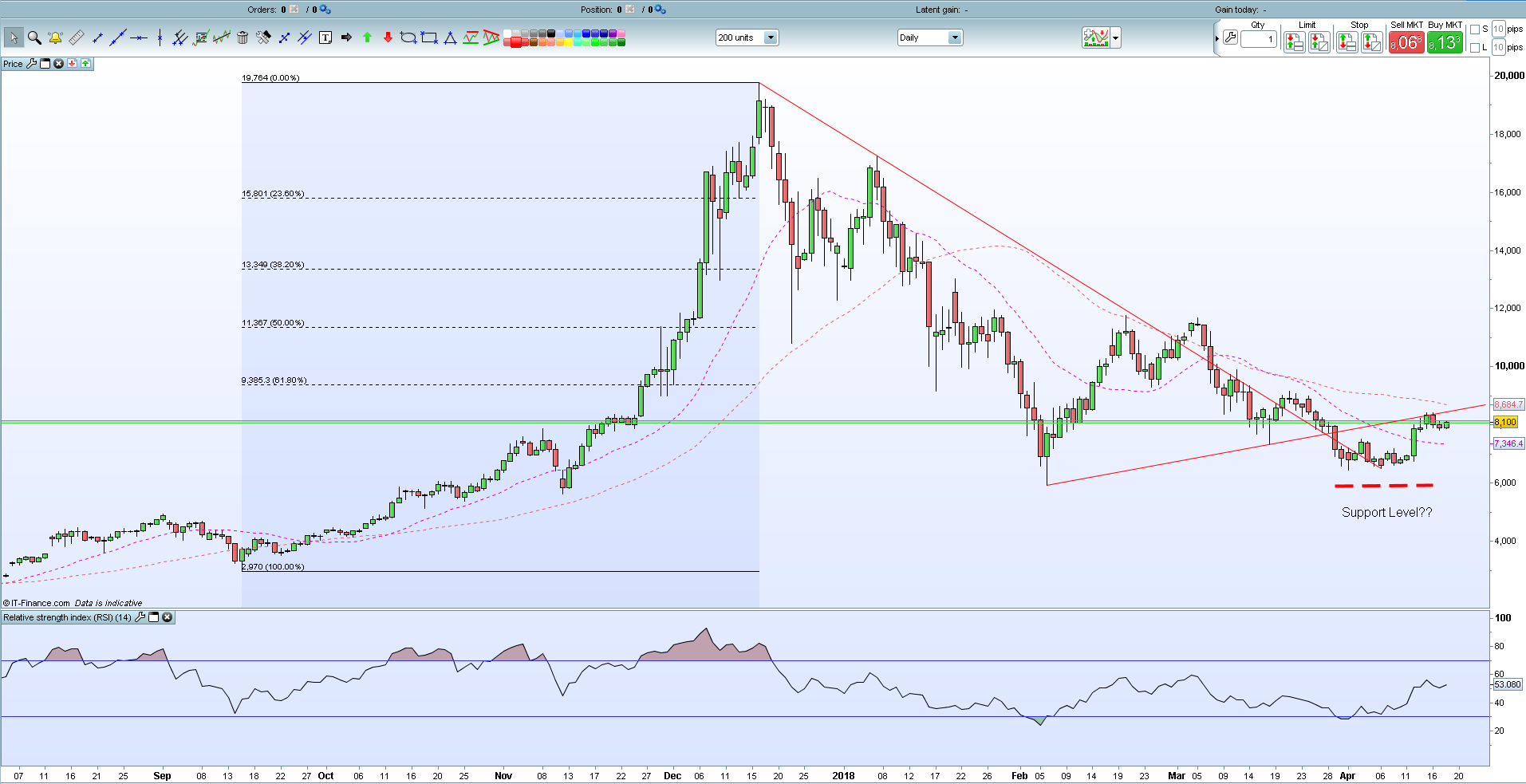cryptocurrency shiba inu
Cryptocurrency shiba inu
One of the pivotal developments for Shiba Inu was the launch of ShibaSwap, its own decentralized exchange, which marked a significant step towards building its ecosystem. https://cruzsmd.com/ Alongside this, the introduction of ShibaChain and the AiShiba OG NFT Collection represented the expansion of its offerings and engagement with the burgeoning NFT space.
This meme coin quickly gained speed and value as a community of investors was drawn in by the cute charm of the coin paired with headlines and tweets from personalities like Elon Musk and Vitalik Buterin.
In summary, Shiba represents a community-driven endeavor within the cryptocurrency space, aiming to challenge traditional financial systems and provide users with opportunities for participation and reward. However, its future success will largely depend on its ability to broaden its utility and foster wider adoption among users. As with any cryptocurrency investment, potential investors should conduct thorough research and consider the risks involved.
To check Shiba Inu price live in the fiat currency of your choice, you can use CoinMarketCap’s converter feature directly on the Shiba Inu currency page. Alternatively, use the dedicated exchange rate converter page. Popular Shiba Inu price pairs include: SHIB/USD, SHIB/GBP, SHIB/AUD and SHIB/EUR.

Bitcoin cryptocurrency
Bitcoin has not been premined, meaning that no coins have been mined and/or distributed between the founders before it became available to the public. However, during the first few years of BTC’s existence, the competition between miners was relatively low, allowing the earliest network participants to accumulate significant amounts of coins via regular mining: Satoshi Nakamoto alone is believed to own over a million Bitcoin.
On October 31, 2008, Nakamoto published Bitcoin’s whitepaper, which described in detail how a peer-to-peer, online currency could be implemented. They proposed to use a decentralized ledger of transactions packaged in batches (called “blocks”) and secured by cryptographic algorithms — the whole system would later be dubbed “blockchain.”
Miners who successfully find a new block can collect transaction fees from the included transactions and a set reward in bitcoins. To claim this reward, a special transaction called a coinbase is included in the block, with the miner as the payee. All bitcoins in existence have been created through this type of transaction. : ch. 8 This reward is halved every 210,000 blocks until ₿21 million, with new bitcoin issuance slated to end around 2140. Afterward, miners will only earn from transaction fees. These fees are determined by the transaction’s size and the amount of data stored, measured in satoshis per byte. : ch. 8

Bitcoin has not been premined, meaning that no coins have been mined and/or distributed between the founders before it became available to the public. However, during the first few years of BTC’s existence, the competition between miners was relatively low, allowing the earliest network participants to accumulate significant amounts of coins via regular mining: Satoshi Nakamoto alone is believed to own over a million Bitcoin.
On October 31, 2008, Nakamoto published Bitcoin’s whitepaper, which described in detail how a peer-to-peer, online currency could be implemented. They proposed to use a decentralized ledger of transactions packaged in batches (called “blocks”) and secured by cryptographic algorithms — the whole system would later be dubbed “blockchain.”
China cryptocurrency
China places an annual limit of $50,000 for the purchase of foreign currencies as part of its already strict capital controls. As such, the capital flight facilitated by cryptocurrency is especially notable.
In late September 2021, the People’s Bank of China (PBOC) banned all cryptocurrency transactions. The PBOC cited the role of cryptocurrencies in facilitating financial crime as well as posing a growing risk to China’s financial system owing to their highly speculative nature. However, one other possible reason behind the cryptocurrency ban is an attempt to combat capital flight from China.
With the common prosperity programme, China aims to curb capital flight and encourage the domestic circulation of people’s wealth. China’s attempts at wealth redistribution would be far more difficult to accomplish if the rich circumvented China’s already strict capital controls through offshore cryptocurrency exchanges and acquired overseas assets.
Statista R identifies and awards industry leaders, top providers, and exceptional brands through exclusive rankings and top lists in collaboration with renowned media brands worldwide. For more details, visit our website.


